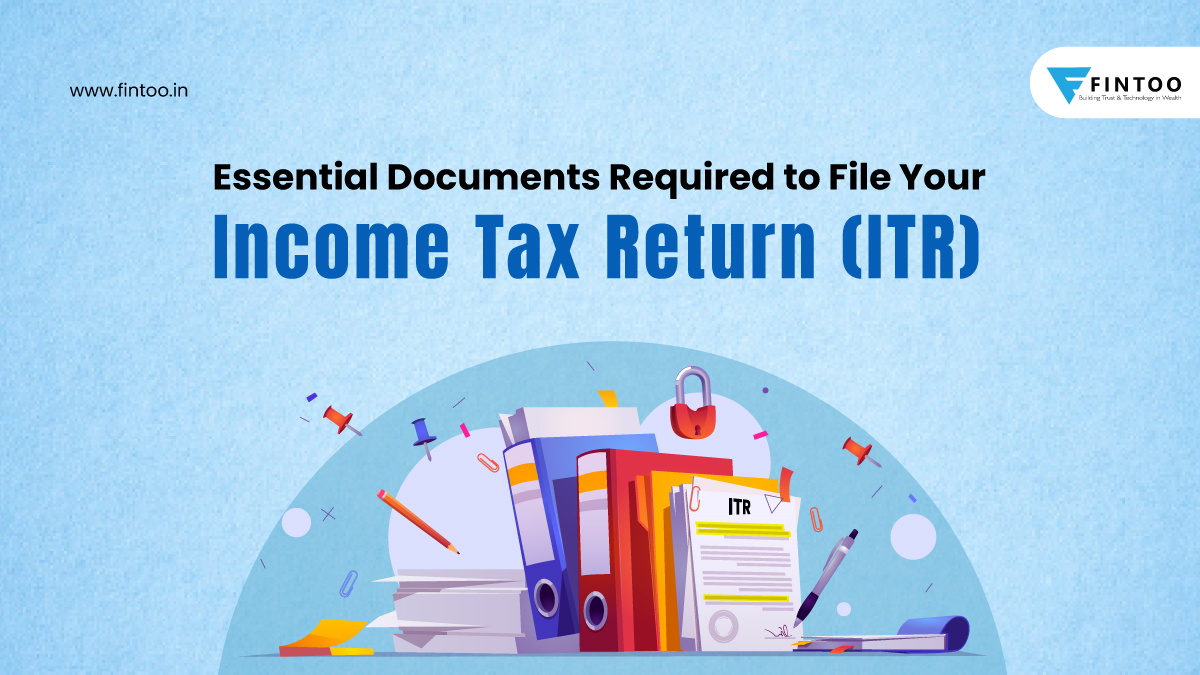5 Essential Documents for Filing Back Taxes

When you find yourself behind on your taxes, the thought of catching up can seem daunting. However, filing back taxes is not only crucial for staying compliant with the IRS but can also lead to potential refunds or prevent penalties and interest from accumulating. Here, we'll guide you through the process of filing back taxes, focusing on the five essential documents you need to gather.
Understanding Back Taxes

Back taxes refer to taxes that were owed but not paid in the year they were due. If you missed a deadline or simply neglected to file, you’re dealing with back taxes. Here’s why you should consider filing:
- To claim any potential refunds you’re entitled to.
- To stop the statute of limitations on collecting back taxes, which generally lasts three years.
- To avoid further penalties for not filing, which can add up quickly.
Essential Document #1: Previous Tax Returns

Your past tax returns are crucial, especially if you’re dealing with several years of unfiled returns. Here’s what to do:
- Request Transcripts: Obtain transcripts from the IRS, which can be done online or by mail.
- Use Tax Software: If you’ve used tax software in the past, log in to retrieve your data.
- Check With Your Employer: Sometimes past W-2s or 1099 forms can still be available.

Essential Document #2: W-2 Forms

W-2 forms detail your wages and the amount of taxes withheld from your paycheck. Here’s how to gather these:
- Employers: Contact your past employers directly for missing forms.
- IRS: Request a wage and income transcript from the IRS for missing W-2s.
Essential Document #3: 1099 Forms

If you earned income outside of regular employment, like freelance work or dividends, 1099 forms are vital. Here’s how to gather them:
- Reach Out to Payers: Contact those who issued the 1099 forms.
- Online Platforms: Check for any digital records if you’ve received payments through online platforms.
| Form Type | Use |
|---|---|
| 1099-INT | Interest Income |
| 1099-DIV | Dividends and Distributions |
| 1099-MISC | Miscellaneous Income |

📌 Note: Even if you didn't receive a 1099 form from a payer, you're still responsible for reporting that income.
Essential Document #4: Receipts and Invoices

If you’re self-employed or have significant deductions, receipts are key. Here’s how to approach this:
- Organize: Sort your receipts by year for easier filing.
- Digitalize: Use scanning apps or services to preserve paper receipts.
Essential Document #5: Financial Statements

Bank statements, credit card statements, and investment account statements provide a comprehensive view of your financial situation:
- Bank Statements: Use these to verify income and deductible expenses.
- Credit Card Statements: They can also help track deductible expenses.
- Investment Statements: Required for reporting capital gains or losses.
Gathering these essential documents is the first step towards filing your back taxes. Although the process might seem tedious, the benefits of being compliant, avoiding penalties, and potentially receiving refunds make it all worthwhile. Remember, while you can attempt to file back taxes on your own, consulting with a tax professional can help streamline the process, especially if you're dealing with multiple years of returns.
What happens if I can’t find all my documents for back taxes?

+
If you can’t find all your documents, you can request wage and income transcripts from the IRS or use estimation methods where necessary. However, remember that accuracy is key to avoiding future audits.
How far back can I file taxes to claim a refund?

+
You have three years from the original due date of the return to file and claim a refund.
Can I e-file my back taxes?

+
Yes, many tax software programs allow you to e-file back taxes, but for prior years, you might need to mail them in.
What penalties can I face for not filing back taxes?

+
Failing to file can result in penalties like failure-to-file, failure-to-pay, interest on unpaid taxes, and potentially criminal charges for evasion if the IRS deems non-filing as intentional.